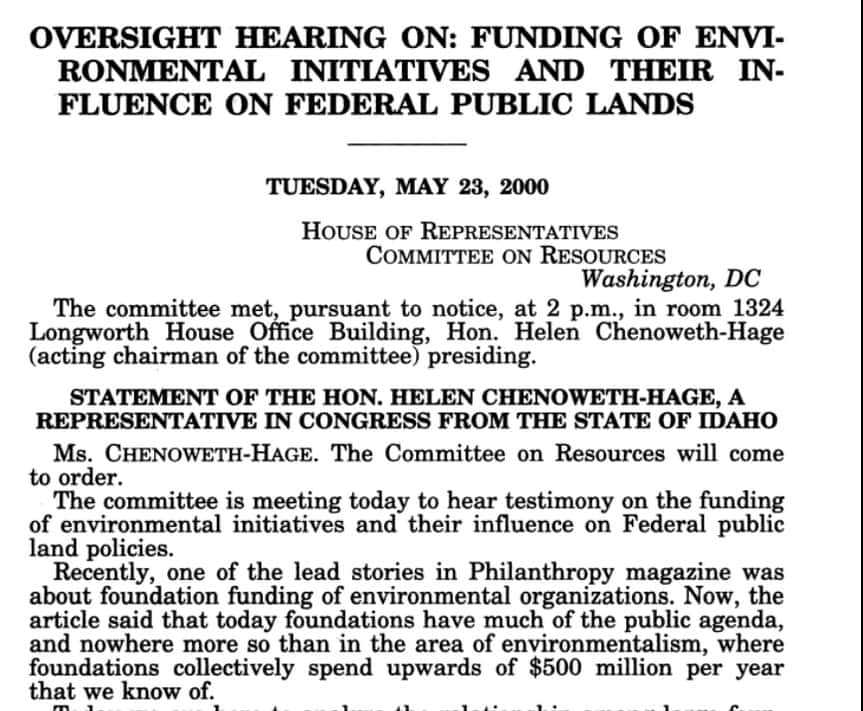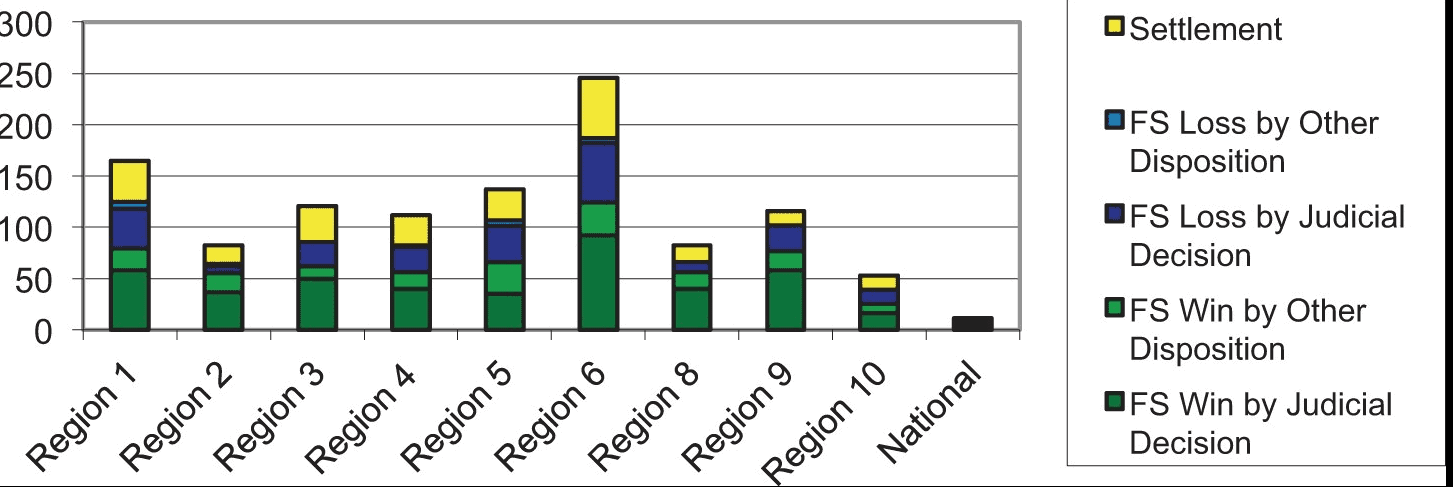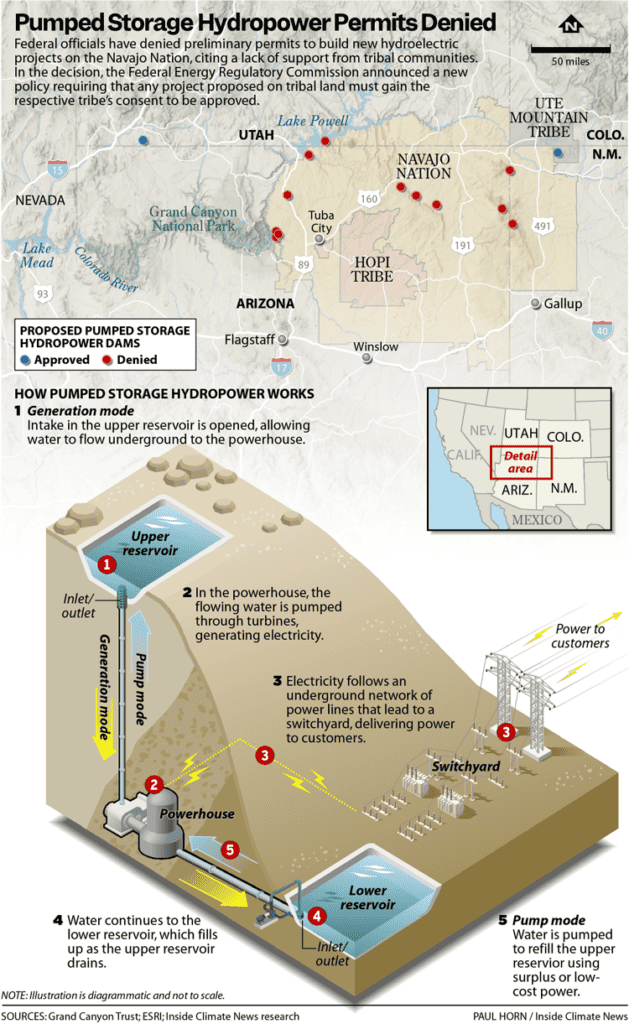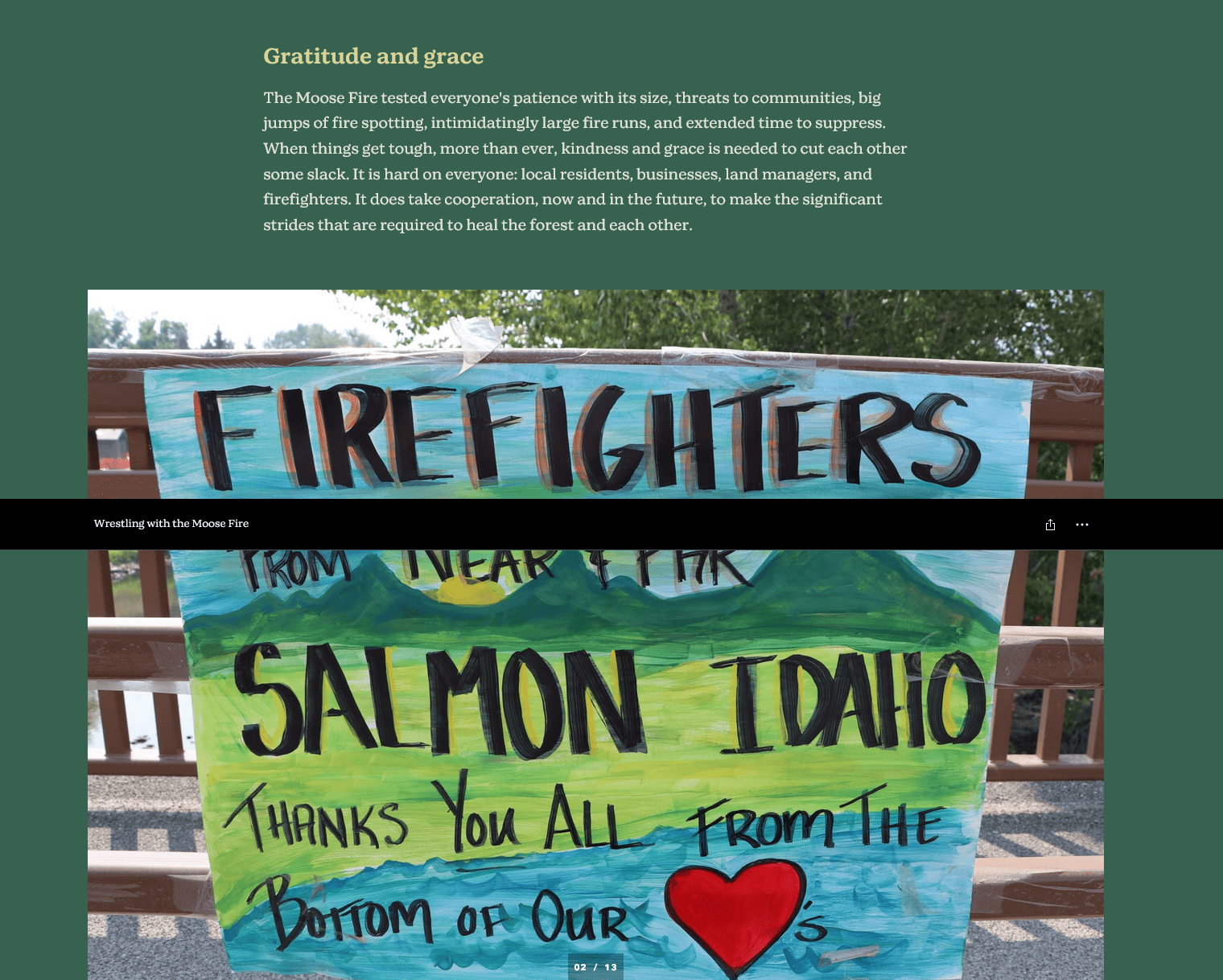National Monument creation
- New lawsuit: Arizona State Legislature v. Biden (D. Arizona)
On February 12, leaders of both houses of the Arizona legislature, the State Treasurer, Mohave County and two towns sued President Biden and the Department of the Interior over designation of Baaj Nwaavjo I’tah Kukveni – Ancestral Footprints of the Grand Canyon National Monument. The complaint alleges the designation exceeds the authority of the Antiquities Act, the Arizona-New Mexico Enabling Act reserved state authority to manage State Trust Land encompassed by the Monument, and Defendants lack the power to change the designated use for former wilderness study areas governed by the Arizona Wilderness Act of 1984. Plaintiffs are particularly interested in regaining the opportunity for uranium mining within the Monument boundaries. (The article has a link to the complaint.)
- New lawsuit: Heaton v. Biden (D. Arizona)
On February 12, a second lawsuit was filed by a rancher whose private land is partly included within the Monument boundaries. He alleges “severe regulatory burdens and the threat of criminal penalties for engaging in everyday conduct on his ranch.” (The article has a link to the complaint.)
If the conduct is “on his ranch,” I’m not sure of how Monument designation could criminalize actions on private property. Along the same lines, the state claims in its lawsuit, “The Ancestral Footprints Monument will restrict and prohibit uses on State Trust Land by making State Trust Land inaccessible, impacting water rights, prohibiting new mining claims, prohibiting new grazing leases, limiting new construction of infrastructure and other property improvements, and affecting other uses of State Trust Land that had previously been allowed.” I’m not sure how Monument designation could “disallow” these uses of State land.
FOREST SERVICE
On Nov. 28, 2023 wildlife conservation groups submitted a petition asking the Forest Service to immediately ban the aerial killing of wildlife in Idaho national forests. This was in response to the Idaho Wolf Control Board approving funding for this purpose. On February 15, 30 organizations sent a follow-up letter to five national forests, the Intermountain Region and the national office. They allege violations of the Federal Airborne Hunting Act, the Endangered Species Act (grizzly bears, lynx and wolverine), the Wilderness Act and NFMA and Forest Service regulations. (Maybe this should be viewed as a notice of intent to sue.)
New lawsuit
On February 16, Yellowstone to Uintas Connection, Native Ecosystems Council and Alliance for the Wild Rockies filed a complaint in the Montana federal district court against the U.S. Forest Service and asked for an injunction to stop the Pintler Face Project on the Beaverhead-Deerlodge National Forest. The project would log or burn more than 11,000 acres, including large clearcuts, along the southeastern edge of the Anaconda Pintler Wilderness over the course of five to 10 years. Issues involve effects on lynx and grizzly bears. (The article refers to a recent court precedent involving remapping of lynx habitat on the Custer-Gallatin National Forest, which is referring to the Greater Red Lodge Area project discussed here.)
BLM
Court decision in True Oil LLC v. BLM (D. Wyoming)
In this case, the district court determined that, where the federal government owns subsurface mineral rights, it can require a permit for an easement to drill through that property, even though no minerals would be removed, and even where they do not own the surface estate. A permit requirement would allow the government to protect its mineral interests.
New lawsuit: Glenwood Springs Citizens Alliance v. U. S. Department of the Interior (D. Colorado)
On February 15, plaintiffs filed a Freedom of Information Act lawsuit against the BLM. They are seeking documents related to ongoing mining operations, and proposed major expansion of, a large limestone mine directly above Glenwood Springs, CO, known as the Mid-Continent Mine. Many documents had been withheld or redacted, and appeals of these had not been resolved. Plaintiffs contend that the end use for that limestone does not comply with the federal permit under which that mine is operating. (The article includes a link to the complaint.)
Court decision in Citizens for Clean Energy v. U. S. Department of the Interior (9th Circuit)
On February 21, the appellate court reversed a district court decision that had rejected the Trump Administration’s restarting of coal leasing on federal lands after the Obama Administration had imposed a moratorium. It found that since the Biden Administration had revoked the order to restart leasing, the case was moot. That leaves no moratorium in place, but also nothing compelling leasing to resume, and plaintiffs are still hoping for “a long overdue review of the federal coal leasing program,” including NEPA compliance. (The article includes a link to the opinion.)
FISH AND WILDLIFE SERVICE
Court decision in Atchafalaya Basinkeeper v. Bernhardt (M.D. Louisiana)
On January 29, the district court approved the 2016 decision by the U. S. Fish and Wildlife Service to remove the Louisiana black bear from the list of threatened species. National forest lands are considered suitable but unoccupied. The court found that the FWS had properly considered the five listing/delisting factors using the best available science. It added this closing comment: “The Court commends Plaintiffs’ extraordinary efforts in defense of this remarkable mammal. Would that every species received the same indefatigable support as the Louisiana black bear.”
In January, the U. S. Fish and Wildlife Service denied a 2022 petition by the Center for Biological Diversity (link provided) seeking to reintroduce endangered jaguars on the Gila National Forest. There are presently only two known jaguars north of the Mexican border. The FWS determined that reintroduction in New Mexico “would not further the conservation of the species.” (Does the Center ever sue?)
Notice of Intent to Sue
On February 7, within a week after the U. S. Fish and Wildlife Service decided not to relist gray wolves in the northern Rockies under the Endangered Species Act, fourteen organizations gave their notice of intent to sue in two letters to the FWS. (Links to both are included in this article.)
On February 15, the U. S. Fish and Wildlife Service published a notice that it would list a southwestern subspecies of silverspot butterfly as a threatened species. No populations are known to occur on national forest lands, but the elevational range of the subspecies includes some lower elevation USFS land, and they are a sensitive species in regions 2 and 4. Two known colonies occur on BLM lands, one of which is managed for this species in the land management plan. (The press release has a link to the Federal Register notice.)
INCIDENTAL TAKE
These cases don’t directly relate to federal lands, but federal land management activities require a comparable investigation of incidental take and approval in an incidental take statement. (I’ve wondered why federal land managers shouldn’t have to also refer to a habitat conservation plan, which might be a land management plan, for these take statements.)
Court decision in Allegheny Wood Products v. U. S. Fish and Wildlife Service (N. D. W. Virginia)
On February 12, the district court found that the administrative record supported a decision by the FWS to not provide an incidental take permit necessary to avoid liability for possible harm to seven listed species that might be affected by the plaintiff’s forest management activities. Following a back-and-forth process that began in 2006, the court agreed with the FWS that the 2021 draft habitat conservation plan did not provide information necessary to determine the extent of take and develop mitigating measures. This included not providing “sufficient project details at scales relevant to the impacted species” to constitute a “complete description of the activity sought to be authorized.”
Court decision in Center for Biological Diversity v. Regan (D. D.C.)
On February 15, the district court issued an order vacating the U.S. Environmental Protection Agency’s approval at the end of the Trump Administration of the state of Florida’s application to assume permitting authority from the U.S. Army Corps of Engineers under Section 404 of the Clean Water Act within the state. This would have allowed future permits to avoid review under the Endangered Species Act. The court found flaws in the biological opinion and incidental take statement prepared by the Fish and Wildlife Service for the transfer of authority. Of particular concern are Florida panthers near the Florida Panther National Wildlife Refuge in the western Everglades. (The article includes a link to the opinion.)
Court decision in Puyallup Tribe of Indians v. Electron Hydro, LLC (W.D. Washington)
On February 16, the district court found that a “temporary” rock structure (which had been there for several years) in the Puyallup River was interfering with migration of listed fish species and causing incidental take of these species (and orcas) without an incidental take permit, in violation of ESA. The court ordered removal of part of the structure. In this case, the National Marine Fisheries Service had indicated that harm would occur, but they were not a party to the lawsuit. (This press release includes a link to the opinion.)
OTHER CASES OF INTEREST
Criminal plea deal
A man whose family’s gender reveal photo shoot sparked the El Dorado Fire that killed a firefighter in 2020 has pleaded guilty to involuntary manslaughter. His sentence includes one year in jail, two years of felony probation and 200 hours of community service. His wife was sentenced to a year of probation and 400 hours of community service. The couple was also ordered to pay $1,789,972 in restitution.
On February 2, the Forest Service burn boss arrested in Oregon in conjunction with an escaped fire was indicted by a grand jury on a misdemeanor count of reckless burning, and arraignment in the county court was February 16. A plea haring is set for April 1. He is being represented by private attorneys paid by the U.S. Department of Justice. The Forest Service and the National Federation of Federal Employees have expressed their support for the accused.








